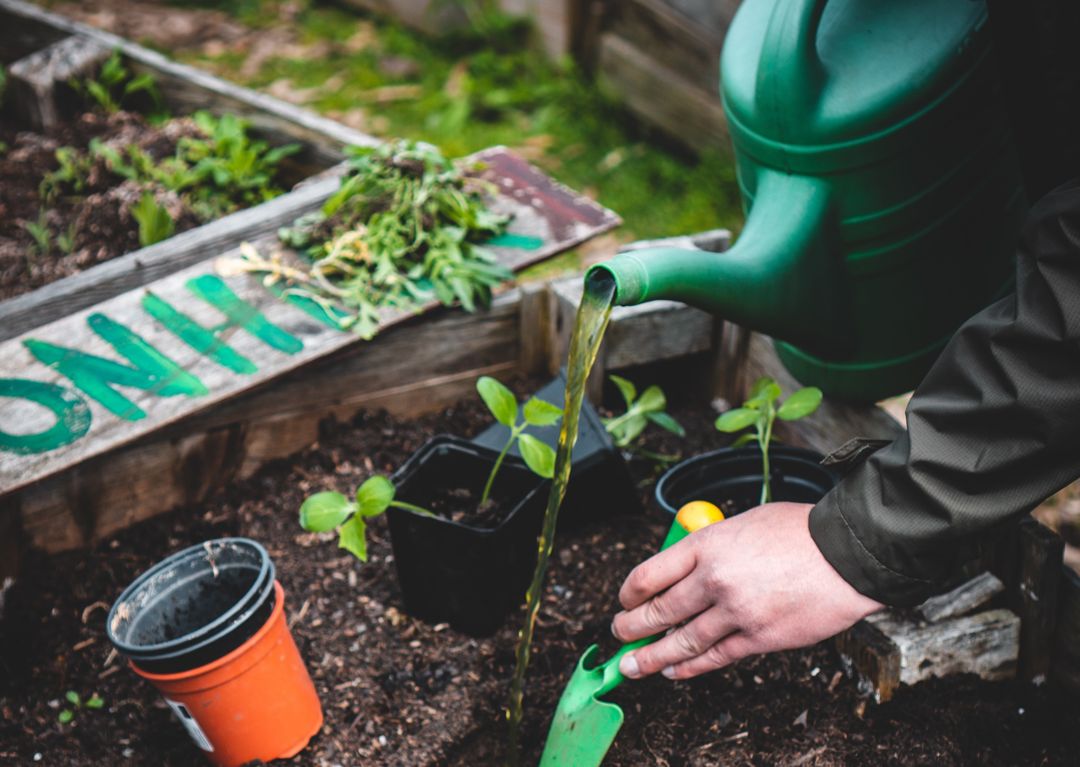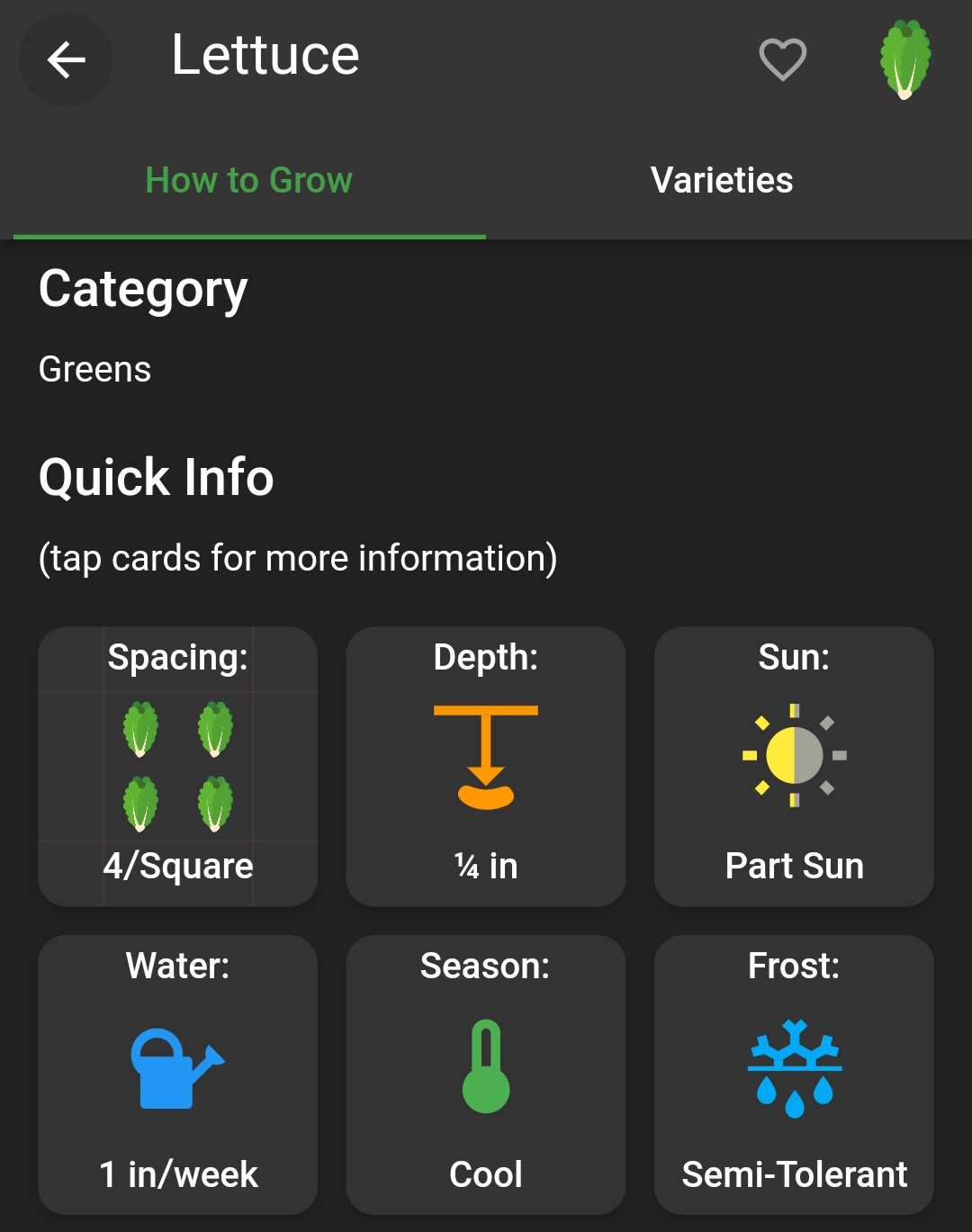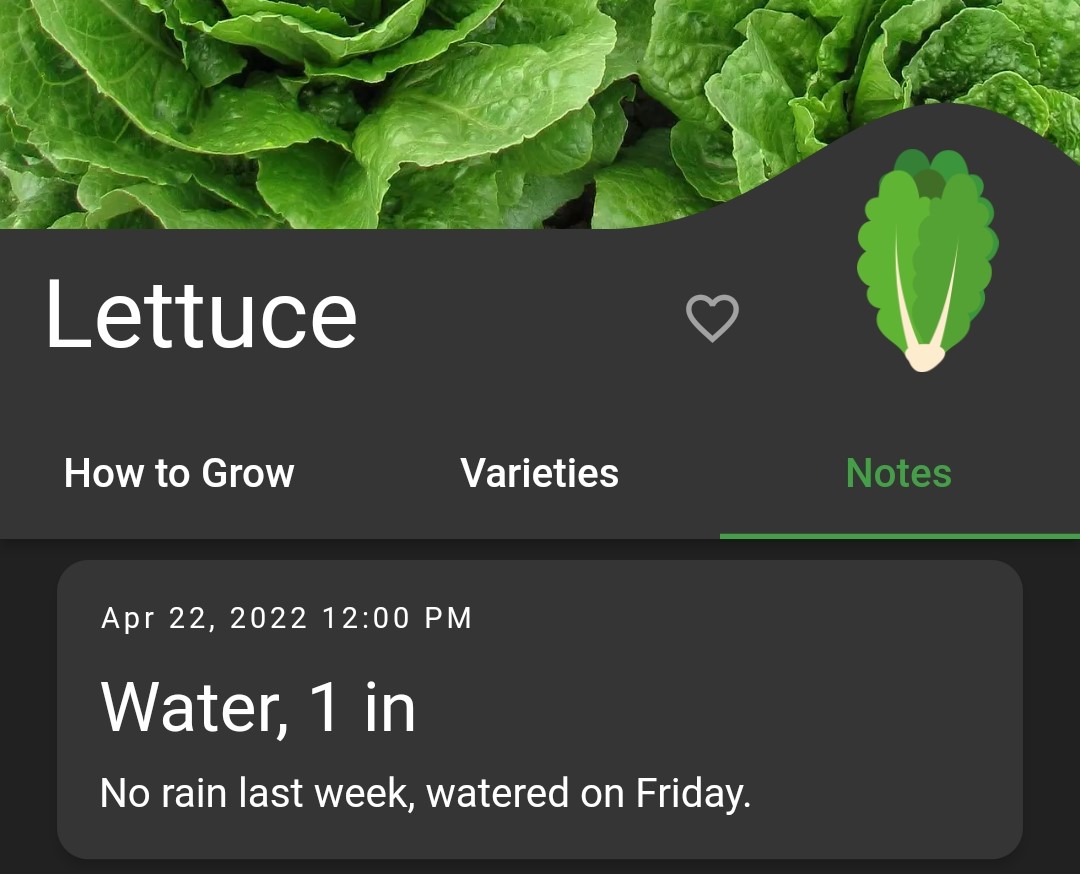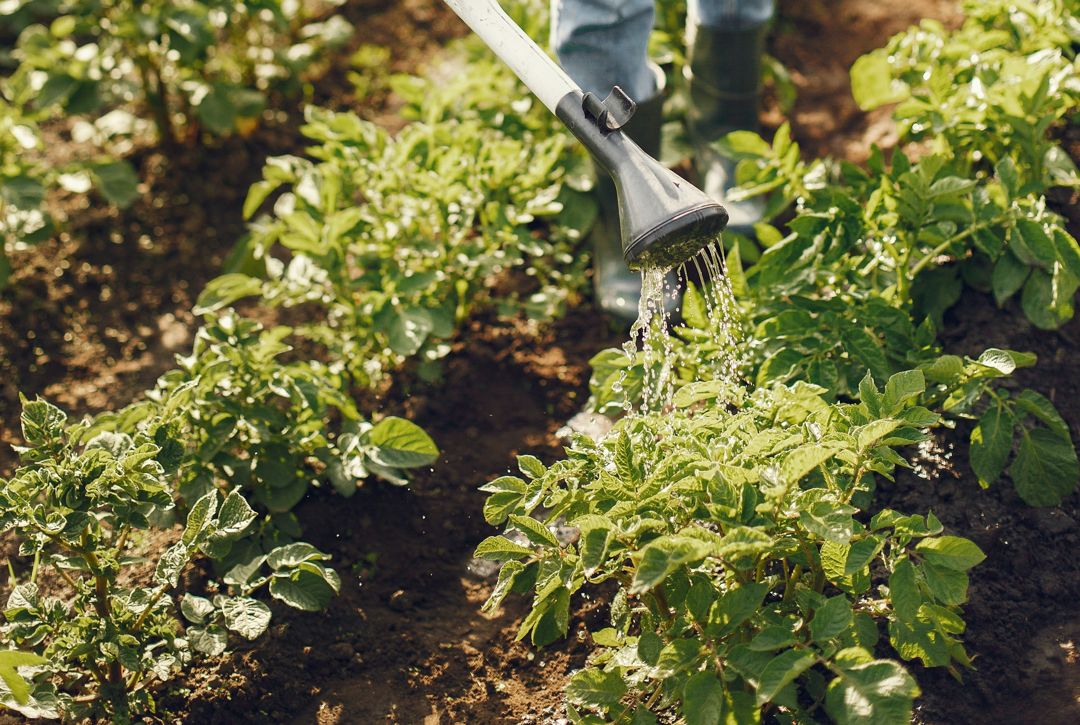Watering is one of the most important tasks in the garden. For new gardeners, it can be a challenge to find the balance between overwatering and underwatering. Watering your garden well comes down to being thoughtful about the weather, your soil conditions, and your plants’ needs.
When to Water Your Garden?
Deciding when to water your garden is not quite as easy as penciling it into your weekly schedule. There are many factors that affect how often your garden needs watering.
Weather has the biggest influence on how often you’ll need to water. Rain can provide much or all of the water your garden needs. Overwatering can harm or kill plants, so don’t water if your garden is already wet. During a dry spell, your garden may need to be watered more often. Wind can also dry out plants surprisingly quickly.
Soil also plays a role in how often you’ll need to water. Clay soil holds onto water longer, but can be prone to drainage issues. Sandy soil dries out more quickly and needs more frequent watering. Add plenty of compost to your garden to reach the perfect balance between water holding and drainage. Also, plants growing in containers or smaller raised beds will dry out more quickly than plants in larger beds or in the ground. In dry conditions, container plants may need water every day or even multiple times a day!
Some types of plants need more frequent watering than others. As an example, lettuce needs consistent moisture but some herbs prefer to dry out completely between waterings.

How mature your plants are is another factor to think about. Seeds, seedlings, and new transplants need consistent moisture. As the plants grow, switch to deeper watering less often to encourage them to develop strong root systems.
If you are in doubt about whether your plants need to be watered, use the ‘finger test’: stick your index finger into the soil about 2 inches (5 cm). If the soil 2 inches down does not feel moist your plants likely need water.
When you do decide to water your garden, the best time of day to water is the early morning before the sun gets too strong. Early morning watering helps ensure your plants will have enough water to face the day. Plus, the sun will dry the leaves out quickly which helps prevent disease. Watering in the evening is the second-best option, but try to avoid getting the plant leaves wet. Watering during the day is not ideal, but if your plants are withering and the soil is completely dry water them right away
How to Water a Garden and How Much?
There are some techniques to keep in mind when watering your garden. Avoid harsh streams of water that splash the soil around. Watering with too much force can displace seeds, damage tender plants, and spread disease from the soil to the leaves. Water gently close to soil level rather than from above and avoid getting the leaves wet as much as possible.
If the soil surface is dry, water might run off rather than soaking in. To fix this, moisten the soil lightly then come back a minute or two later to do a thorough watering. Use the ‘finger test’ if you’re unsure how deeply the water soaked in.
As for how much water your garden needs, 1 inch (2.5 cm) of water per week is a general recommendation, but Planter can tell you how much water your plants prefer:

Use a rain gauge to track rainfall amounts, and if nature doesn’t supply enough water you can supplement with watering. Use the Notes and Events premium features in Planter to keep track of when your plants received water and how much:

Keep tabs on watering your garden, and your plants will reward you come harvest time!
